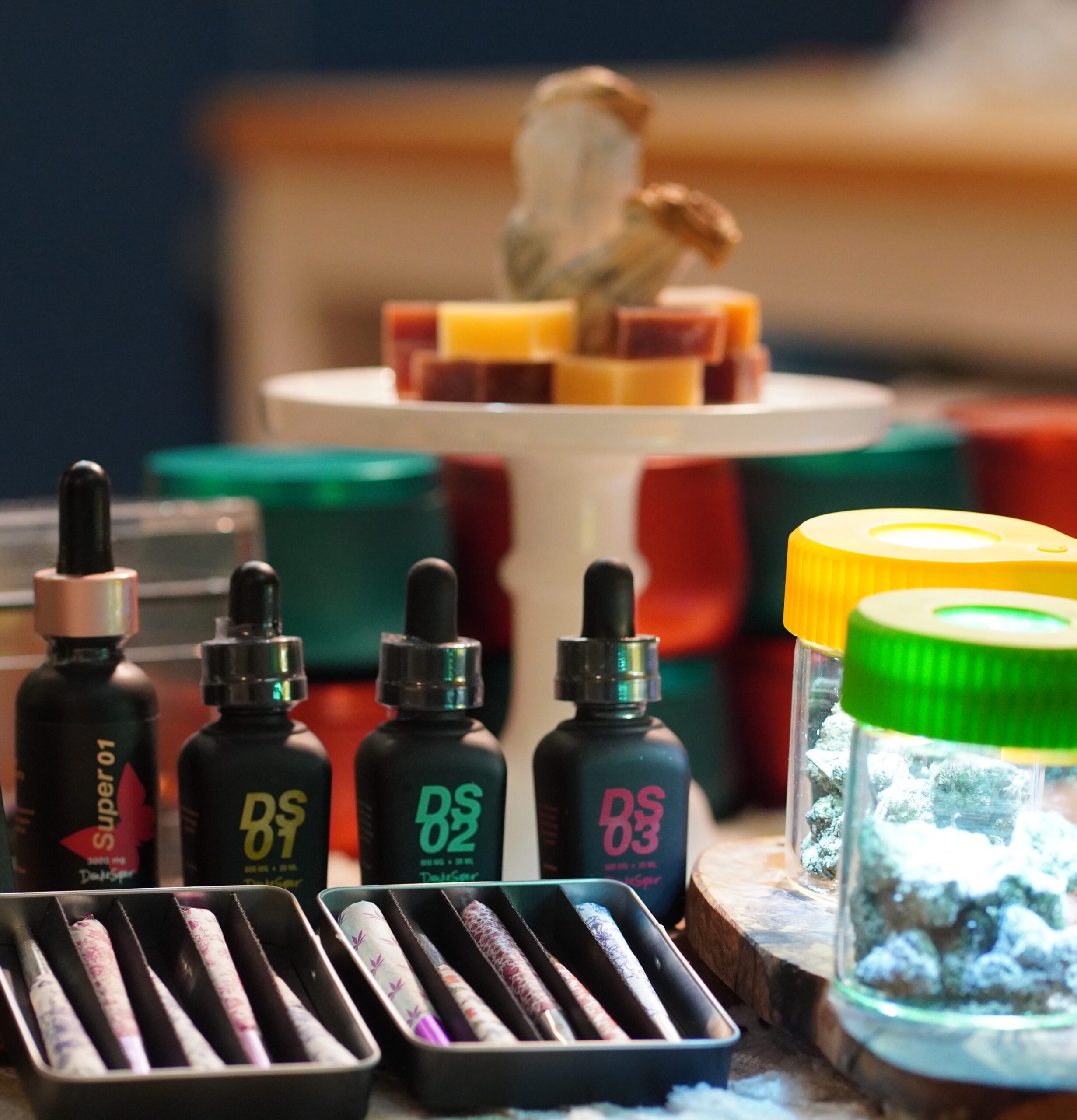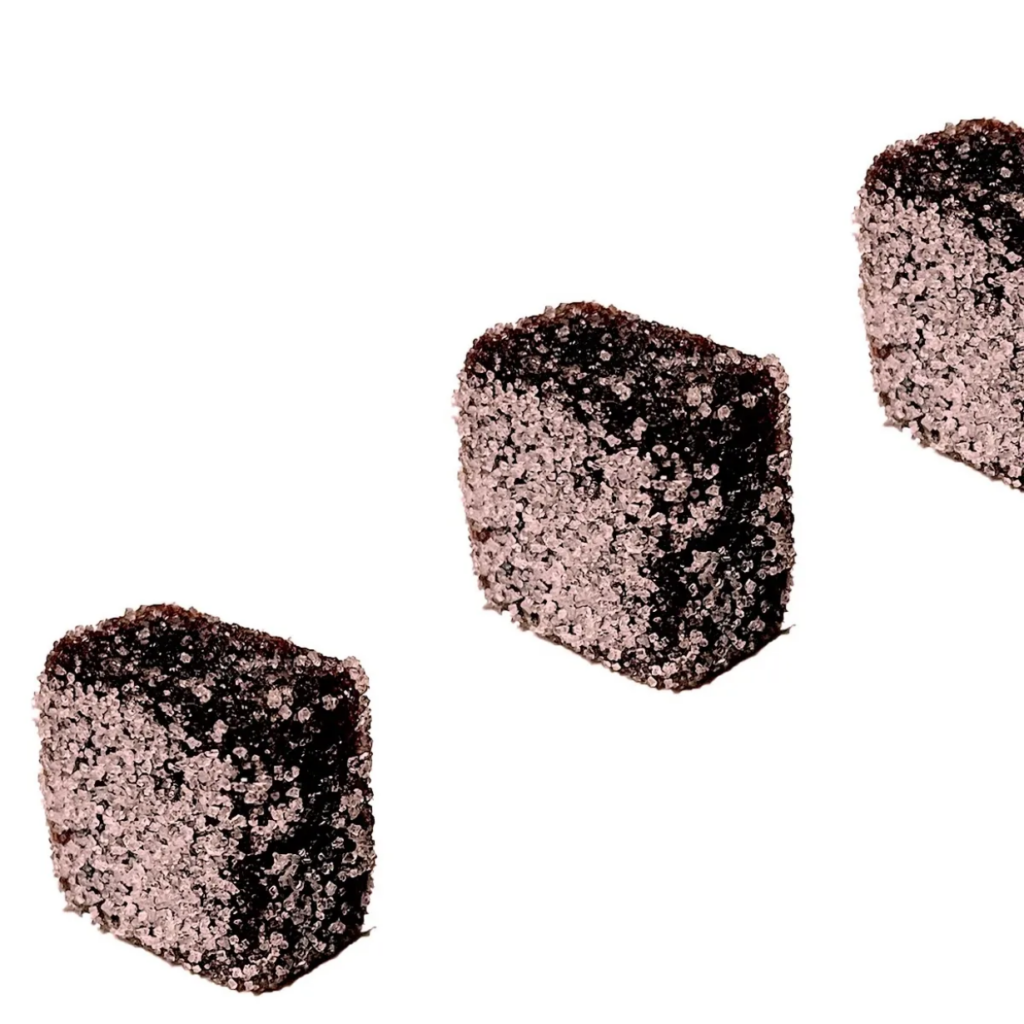
This post explores the trippy world of entheogens, psychoactive / psychedelic substances, that are used in religious, spiritual, and increasingly clinical contexts with a focus on entheogenic mushroom dosage & experience.

Magic Gummies | 4 Gram HillBilly Fruiting Body
<div data-editor-content="{"blocks":[{"key":"cqfme","text":"7 mg active, 500mg Fruiting Body Mushroom per Fruit Square | 4 Grams Total","type":"unstyled","depth":0,"inlineStyleRanges":[{"offset":0,"length":74,"style":"BOLD"}],"entityRanges":[],"data&qu…
What are Entheogens?
The term entheogen is a neologism coined by American ethnobotanist Gordon Wasson in 1961 to refer to psychoactive substances that are used in religious or spiritual contexts. It is derived from the Greek words entheos (meaning “full of the god, inspired, possessed”) and genesthai (meaning “to come into being”).
Entheogens are used in a variety of ways, but they are all believed to have the potential to induce altered states of consciousness that can be conducive to spiritual experiences. Some common entheogens include psilocybin mushrooms, ayahuasca, peyote, and cannabis.
Entheogens have a long history of use in many different cultures around the world. For example, psilocybin mushrooms have been used by Indigenous peoples in Mexico and Central America for centuries in religious and healing ceremonies. Ayahuasca, a brew containing the dimethyltryptamine (DMT)-containing vine Banisteriopsis caapi and the chacruna plant Psychotria viridis, has been used by Indigenous peoples in the Amazon rainforest for similar purposes. Entheogenic mushrooms contain a variety of tryptamines, most notable of which is Psilocybin, but include Norbaeocystin (NRB), Baeocystin (BAO), Norpsilocin (NPC), and Psilocin (PCN) with each contributing in a unique way to the psychedelic experience of the mushrooms.
In recent years, there has been a growing interest in the potential of entheogens for therapeutic use. Research has shown that entheogens can be effective in treating a variety of mental health conditions, including depression, anxiety, and post-traumatic stress disorder (PTSD).
What is Micro-dose? What are some of the purported benefits?
Microdosing means that you are ingesting a ‘subthreshold’ dose of psychedelic mushrooms. This subthreshold is typically one-tenth to one-twentieth of a typical recreational dose. The objective is to experience the therapeutic benefits without the full psychedelic effects.
Psilocybin, the active compound in magic mushrooms, interacts with the serotonin receptors in the brain, leading to altered states of consciousness.
An observational study published in the Nature-Scientific Reports found that people who microdosed psilocybin saw small to medium sized improvements in symptoms of depression, anxiety and stress over a 30-day follow-up, compared to those who did not. The study included 900 people who reported microdosing psilocybin during the month, and a control group of 180 people who did not engage in microdosing psychedelics.
Microdosing is still being studied and the term itself is considered vague at best with the dosage being determined anywhere from intuitively designed to a reasonably prescribed regime.
In a 2019 study, researchers collected the baseline measures of 93 participants. Participants were instructed to follow Fadiman’s protocol (a specific microdosing protocol) and submit daily reports. 47.1% of the daily reports were made by participants microdosing psilocybin.
The study found a clinically significant increase (p<.05) in measures of connectedness, contemplation, creativity, focus, happiness, productivity, and wellbeing. Long term measures were taken after 6 weeks of microdosing. Clinically significant reductions in depression, stress, and mind wandering were sustained. Report ad
Enhanced Creativity
Many people who microdose psilocybin report heightened creativity and improved problem-solving abilities. It’s believed that the altered state of consciousness actually facilitates divergent thinking and the ability to make novel connections. In other words, you may experience an increased capacity to form unconventional or innovative connections between thoughts, leading to fresh perspectives and creative solutions.
Increased Focus
Microdosing may also help improve cognitive function, leading to enhanced focus, concentration and productivity. In another 2019 study people reported lower levels of distractibility.
Mood Enhancement
Microdosing has also been associated with a positive impact on mood, reducing symptoms of depression and anxiety. People have reported an overall sense of wellbeing, emotional stability and improved relationships.
Neuroplasticity and Learning
Psilocybin is thought to promote neuroplasticity, the brain’s ability to reorganize and form new neural connections. This may enhance learning and memory consolidation, potentially benefiting academic or professional pursuits.
Spiritual Exploration
Microdosing can serve as a tool for self-reflection and spiritual exploration. People often describe a heightened sense of connectedness, introspection, and a deeper understanding of themselves and the world around them.
HOW TO MICRODOSE MUSHROOMS
There are several well-known protocols that can offer you a structured routine for microdosing psilocybin. We’re going to share three with you today that have a few key differences regarding how often you should be taking your doses.
What makes each of these protocols different is the number of “off” days that you have. “Off” days are when you don’t take a microdose. Generally speaking, the best protocols have 1-3 days in between doses.
Why take “off” days? Taking days off from microdosing caters to our body’s natural tolerance-building mechanisms. Rest days allow you to feel the full effects of the microdose without building up a tolerance and having the ‘up’ your dose. The three protocols we’re going to share with you are: The Fadiman Protocol, The Stamets Stack and intuitive microdosing.
THE FADIMAN PROTOCOL
From our research, the Fadiman Protocol is one of the most favored in the community. It was created by Dr. James Fadiman who created this protocol with specific “off” days for you to gain a clear understanding of the effects that your microdoses are producing.
This can be a helpful tool for first time microdosers as it allows you to gauge and compare the differences between when you take psilocybin and when you don’t. As with any protocol, you can determine how long you want to microdose for. Usually you might continue a microdosing cycle for 4-8 weeks but if you feel that you have a tolerance building, you can reset by taking a 2-4 week rest.
Microdosing Protocol
- Day 1: 1st microdose
- Day 2: Transition day (not taking anything, but residual effects are felt)
- Day 3: Normal day (not taking a dose)
- Day 4: 2nd microdose
For example, if you take your first dose on Monday, you wouldn’t take anything on Tuesday or Wednesday. Your second dose would be on Thursday and then you would rest on Friday and Saturday. Then you would take your third dose on Sunday. Then again on Wednesday, and so on.
The Stamets Stack
The Stamets Stack was coined by Paul Stamets. Stamets is an amateur mycologist best known for studying the effects the medicinal properties of hallucinogenic and non-hallucinogenic mushrooms under Ark at Shibumi Farms. This microdosing protocol involves “stacking” several supplements to create a nootropic stack. This protocol also includes Lion’s Mane, somethin
Ingredients:
- 0.1 grams of mushrooms
- 5-20 grams of whole or powdered Lion’s Mane OR 50-200mg of Lion’s Mane extract
- 75-200 mg of Niacin (Vitamin B3)
Microdosing Protocol:
- Days 1-4: Microdosing days
- Days 5-7: Transition days
- Days 8-11: Microdosing days
- Days 12-14: Transition Days
Lion’s Mane promotes neurogenesis and stimulates nerve growth, just like psilocybin. Stamet’s research states that because niacin works as a flushing agent, it pushes the Lions Mane and psilocybin compounds to the extremities of our neurons and through the brain and blood barrier – further promoting neural repair.
It’s important to note that some people are very sensitive to niacin. It’s known to cause flushing of the skin which can feel itchy or burn slightly. If you have a reaction to niacin it’s likely to go away within a few hours, but you might want to avoid Stamets Stack in the future.
INTUITIVE MICRODOSING
Usually, when people have experienced a few cycles of one or more of the other protocols, they’ll switch to an intuitive routine of microdosing. This way, depending on your needs and environment, you can choose to microdose when you feel it’s necessary.
No matter what, you should always leave one full day of being completely sober between microdoses, or at very least reserve 2 consecutive days out of a 7-day period to remain sober. As we continue to heal, we must periodically check in on our natural state and work to integrate tools like microdosing, into our daily lives – not become dependent on them as a form of escapism.
Mushroom microdosing is a fascinating frontier in the realm of self-exploration and cognitive enhancement. As scientific research continues to expand in this field, we may gain a more comprehensive understanding of the benefits and limitations of microdosing. Whether it’s unlocking creativity, promoting mental wellbeing or exploring the depths of consciousness, the practice offers a new and unique pathway for seeking personal growth and self improvement.

Awesome information. Really good info for someone looking for assistance with their journey.